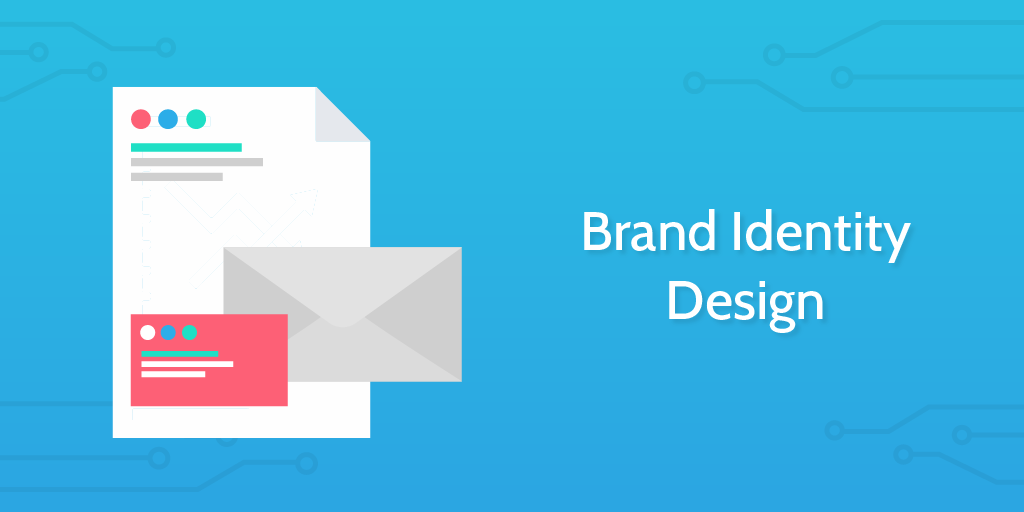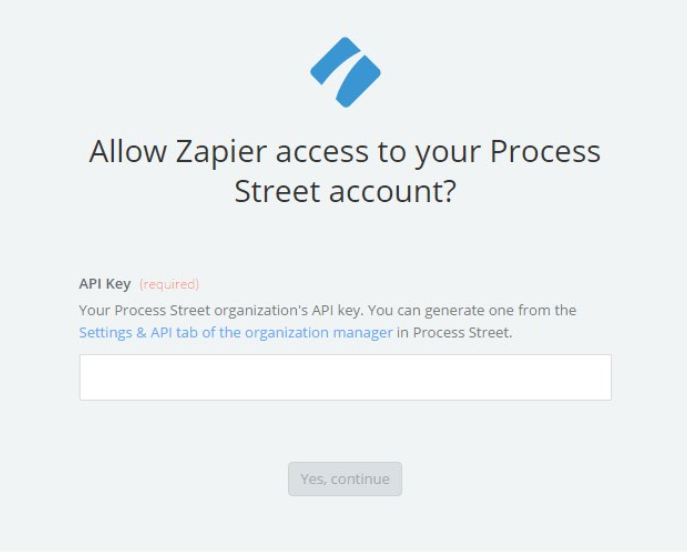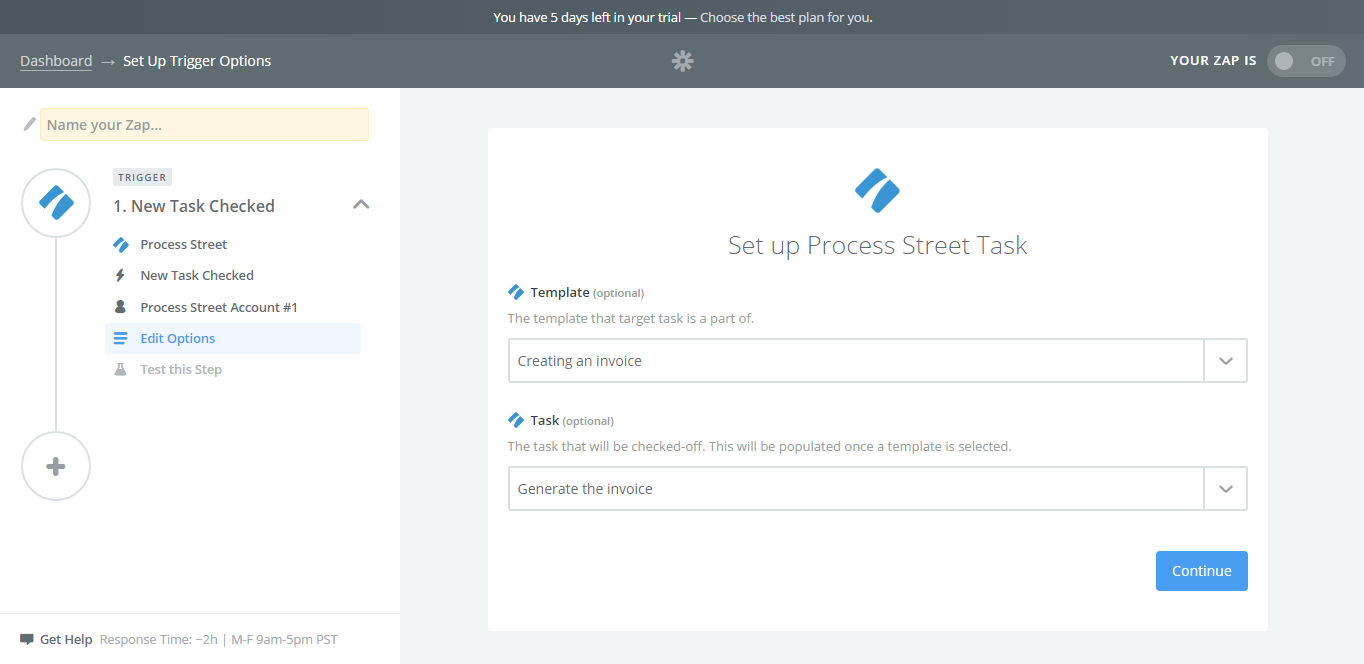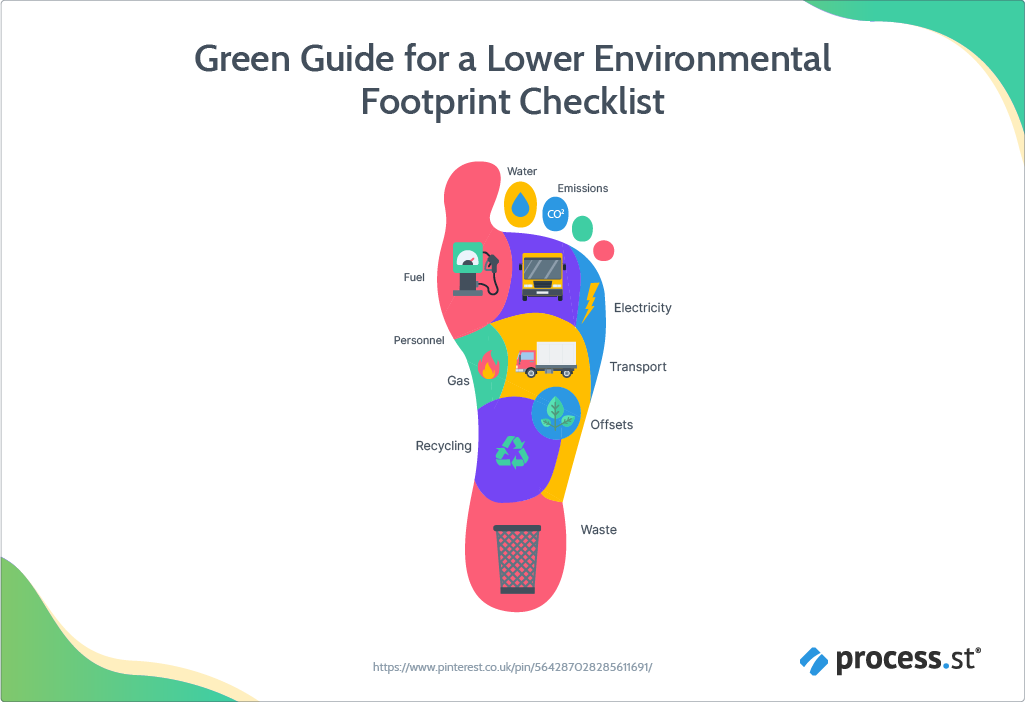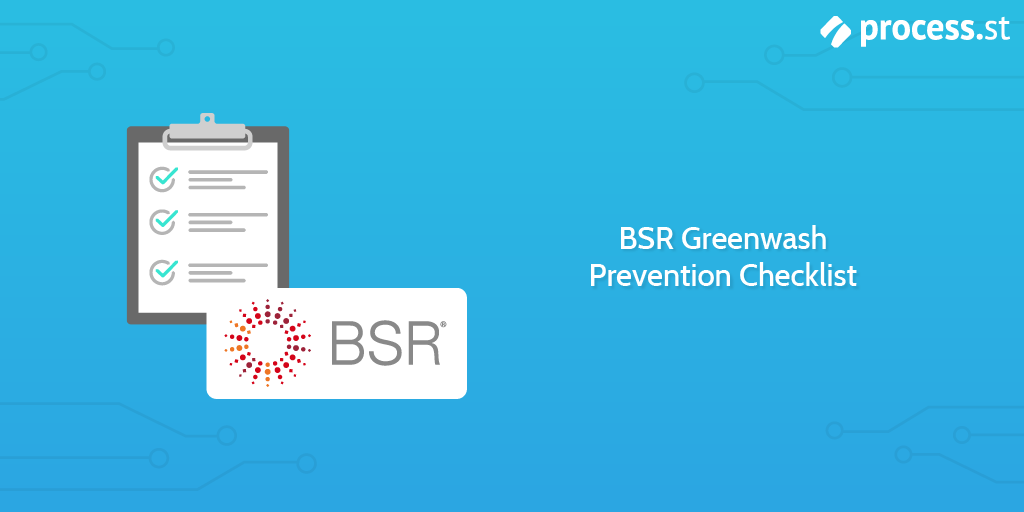This brand identity design checklist is designed to take you through the necessary steps to build a total branding package for a company.
Throughout this process, we'll look at some of the deliverables which are normally expected to be included within a brand identity package and walk through the typical methods used to formulate them.
Brand identity is a crucial way of conveying information about a company in as short a time as possible. The initial interaction with the brand will shape how a customer perceives the company. This is your opportunity to make sure that first impression is not a wasted one.
A successful branding process creates a final strategy which everyone in the company can contribute to in their own way.
Check out these two videos below to gain different perspectives on brand identity design. The first one is short, and the second is more in-depth.

